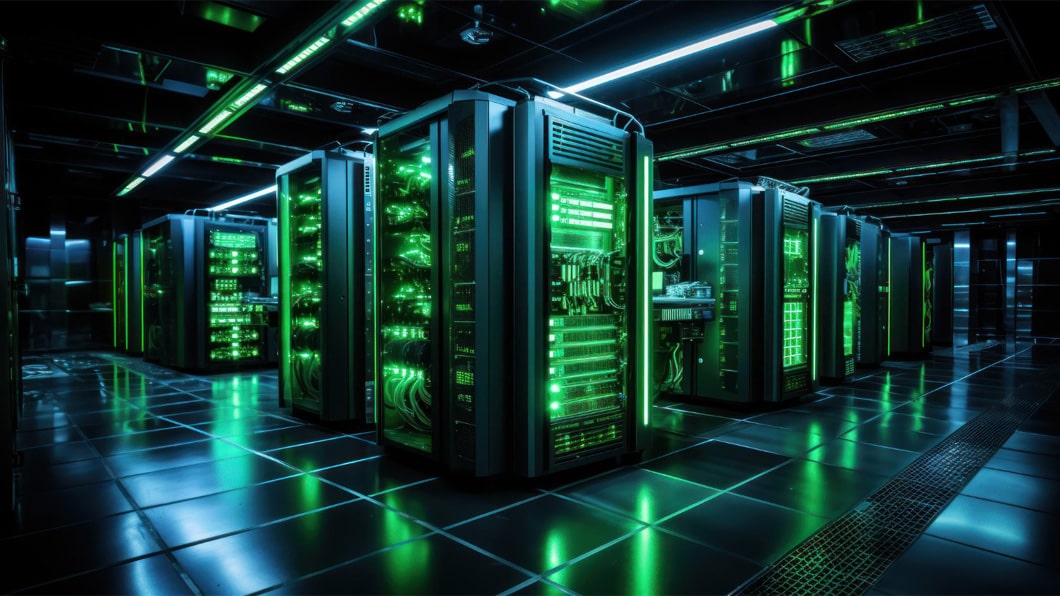
The Edge of Possibility: Exploring the World of Edge-Computing
Introduction
In the digital age, cloud computing has transformed the way organizations process and manage data, becoming a mainstream technology solution. Major players like AWS, Microsoft Azure, and Google Cloud have dominated the cloud computing market. However, as data volumes continue to surge, organizations are encountering limitations and latency issues with traditional cloud computing. This has led to the emergence of edge computing as the next significant technology trend. Edge-computing offers a solution to bypass the latency associated with cloud computing by processing data closer to the source, making it ideal for scenarios where immediate, on-the-spot data processing is essential. In this blog, we will delve into the realm of edge-computing, its advantages, and the promising career opportunities it presents for IT professionals.
Edge-Computing: Processing at the Frontier

Edge-computing is a paradigm that focuses on processing data closer to the source of data generation, often at the edge of the network. It aims to address latency issues and the need for real-time data processing in scenarios where sending data to a centralized data center is impractical. Key characteristics of edge computing include:
- Proximity: Edge computing systems are positioned closer to the devices or sensors generating the data, reducing the time it takes for data to travel.
- Low Latency: Edge-computing minimizes data transfer time and processing delay, enabling real-time decision-making.
- Autonomy: Edge devices can process data independently without relying on a centralized data center.
- Scalability: Edge-computing systems can be scaled to accommodate a growing number of connected devices and sensors.
- Efficiency: Edge-computing can reduce the volume of data transmitted over networks, resulting in cost savings and improved network performance.
Applications of Edge-Computing

Edge computing has a wide range of applications across various industries:
- IoT (Internet of Things): Edge-computing is essential for IoT devices, as it enables quick and localized data processing for sensors and connected devices.
- Manufacturing: Edge-computing enhances automation and quality control in manufacturing processes by processing data on the factory floor.
- Healthcare: In healthcare, edge-computing enables real-time patient monitoring and remote diagnostics, improving patient care.
- Autonomous Vehicles: Self-driving cars rely on edge-computing for real-time data processing, which is critical for safe and efficient operation.
- Retail: Edge-computing can optimize inventory management and enhance the in-store shopping experience by analyzing data from IoT sensors and cameras.
- Energy: Edge-computing is used in the energy sector to optimize grid management and monitor power generation and distribution.
Career Opportunities in Edge Computing

As the adoption of edge computing continues to grow, the demand for professionals skilled in this field is on the rise. IT professionals looking to stay at the forefront of technology trends can explore a variety of career opportunities in edge-computing. Here are some of the top roles:
- Cloud Reliability Engineer: Cloud reliability engineers focus on ensuring the availability and performance of edge-computing systems. They design, implement, and manage resilient and reliable edge infrastructure.
- Cloud Infrastructure Engineer: Cloud infrastructure engineers are responsible for building and maintaining edge-computing infrastructure, including hardware, software, and network components.
- Cloud Architect and Security Architect: Cloud architects design the overall architecture for edge-computing systems, while security architects focus on securing edge devices and data processing.
- DevOps Cloud Engineer: DevOps cloud engineers combine development and operations expertise to automate and streamline the deployment and management of edge computing systems.
The Future of Edge Computing Careers

Edge computing is set to play a pivotal role in the future of technology. With the proliferation of IoT devices and the need for real-time data processing, edge computing is expected to become an integral part of various industries. For IT professionals, mastering edge computing will not only offer job security but also the opportunity to be at the forefront of technological innovation and transformation.
Key Takeaways:
- Edge computing addresses latency issues: Edge computing processes data closer to the source, reducing latency and enabling real-time data processing.
- Wide-ranging applications: Edge computing has applications in industries such as IoT, manufacturing, healthcare, autonomous vehicles, retail, and energy.
- Career growth: The demand for professionals skilled in edge computing is on the rise, offering diverse job opportunities.
- Continuous learning: Professionals in edge computing need to stay updated with the latest advancements to remain competitive in this dynamic field.
Edge computing is the technology trend that is redefining the way data is processed and managed, offering real-time solutions for a wide range of industries. This dynamic field presents abundant career opportunities, from infrastructure and architecture roles to reliability and security positions. For IT professionals, the journey into edge computing promises not only job security but also the excitement of being at the forefront of technological innovation and transformation.





